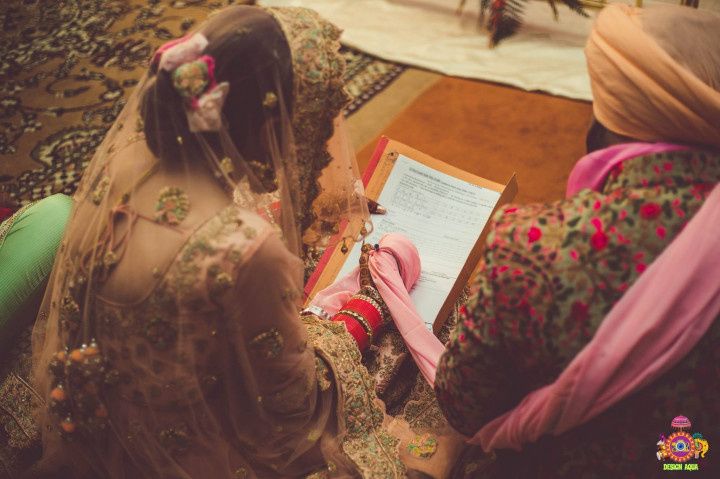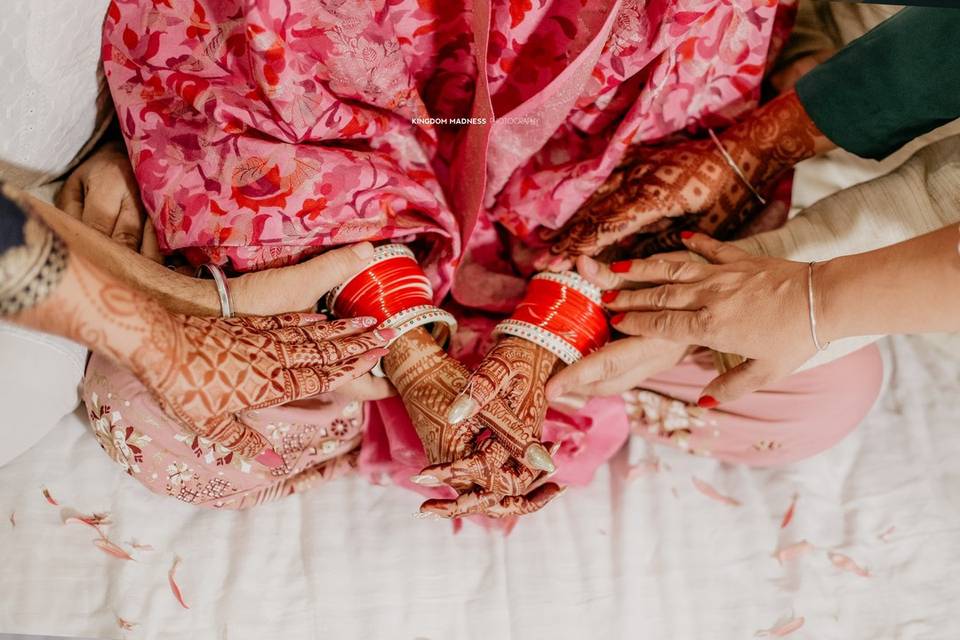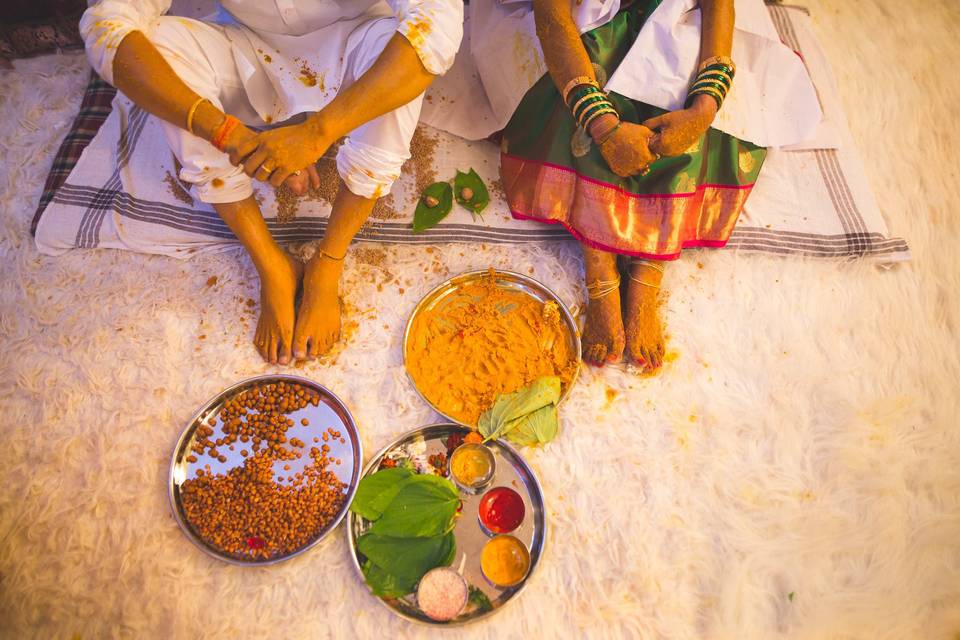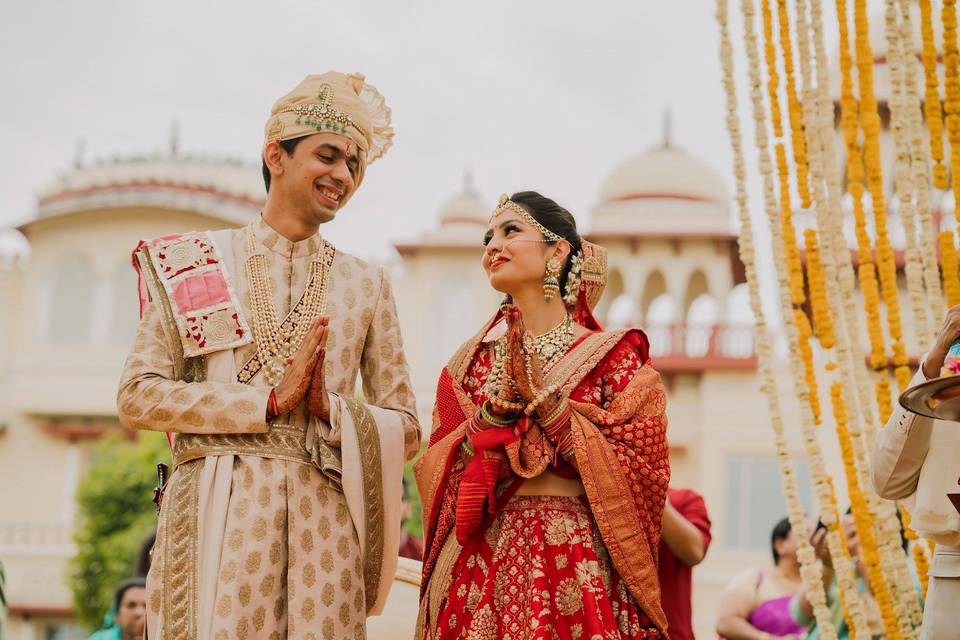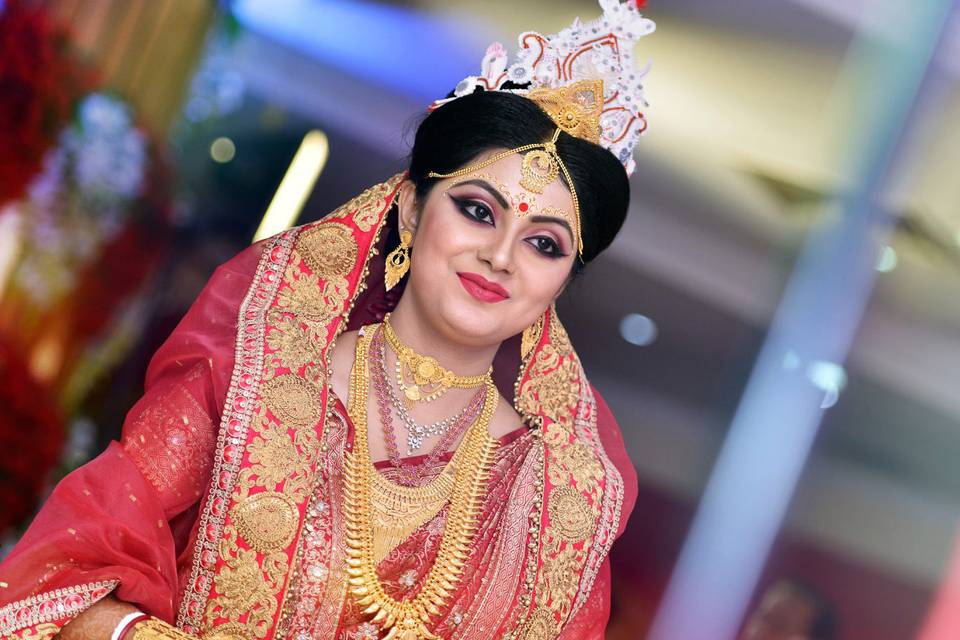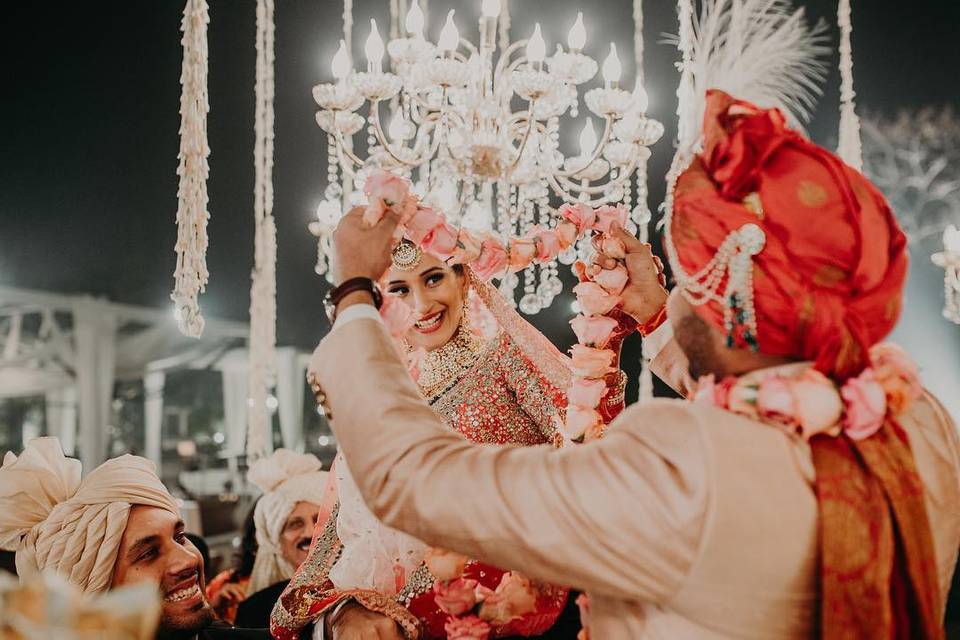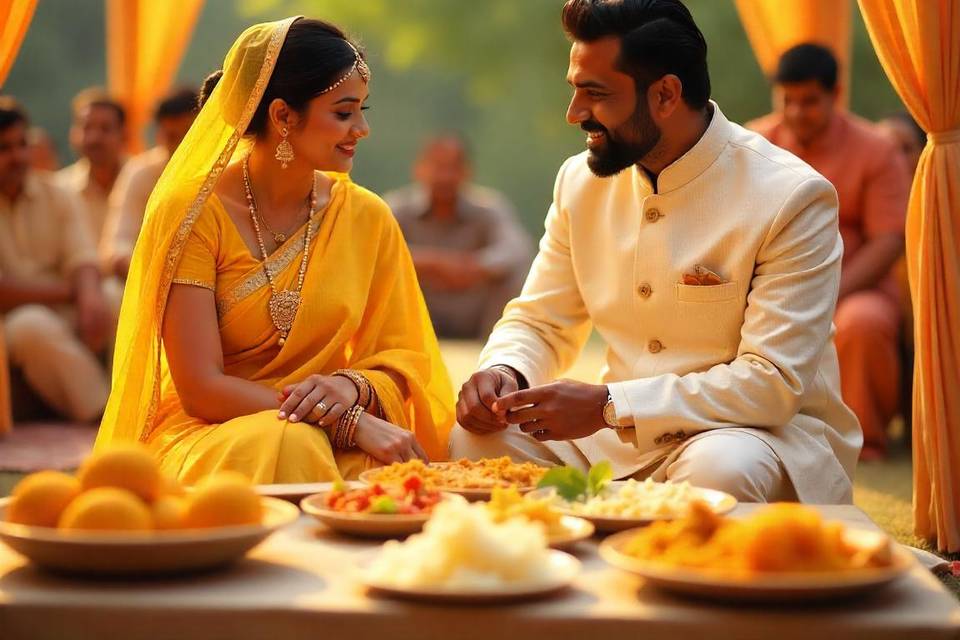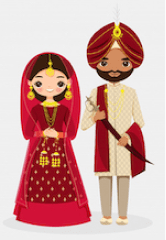A Bountiful Bengali Tatta: Here's Everything That Goes Into It
Getting ready for your Biye? Then get ready for the magnificent Bengali Tatta - a treasure trove of gifts, blessings and good wishes. Here's what you'd get in it.
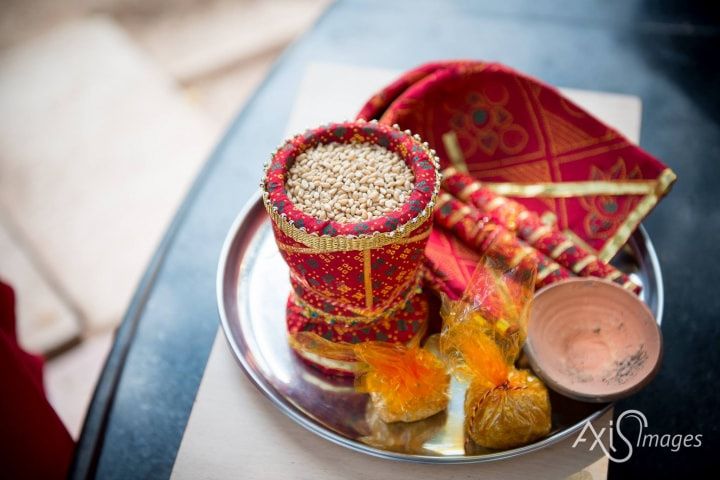
A bride has a lot to look forward to as part of her Biye, including the Bengali Tatta. A treasure trove of customary gifts, the Tatta acts as a bond, an ice-breaker and creates conversations and memories that are cherished for a lifetime.
While bridal trousseau gifts are found across cultures in India, the Bengali Tatta is known for specific items, with a meaning attached to each of them. It includes outfits for the bride, groom and their relatives, a bridal makeup kit, religious items, fish and of course, sweets. The exchange of the Tatta is also a click-friendly moment between the two families.
Gaye Holud - The day for the Bengali Tatta
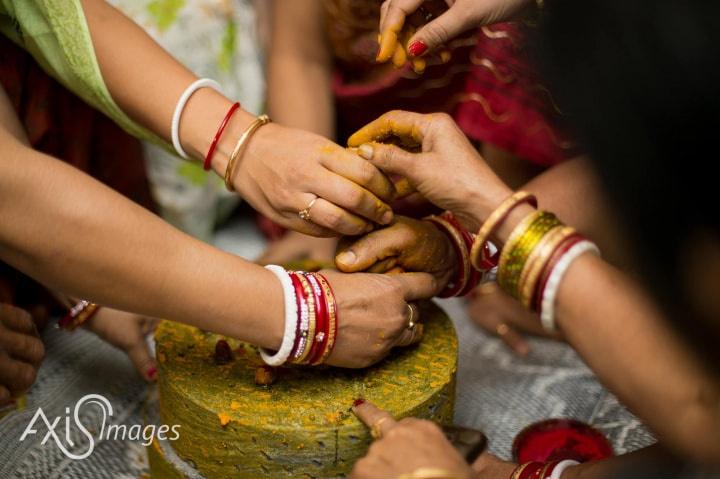
A Bengali marriage ceremony is a festive event where friends and relatives gather to bless the bride and groom. On this auspicious day, the relatives and family members eagerly wait for the tatta to arrive from the groom’s house for the bride.
This ceremony, called the Gaye Holud, begins with the arrival of the Bengali Tatta, as the gifts also include a bowl of turmeric paste that has been prepared by the groom’s family and sent for the bride. They have also dolloped the same paste onto their son, in a bid to get the two to share the same protection. Like the Haldi ceremony, the Gaye Holud turns into a fun event and the pretty bride is smeared with the paste, while she’s decked in floral ornaments.
Opening the Bengali Tatta
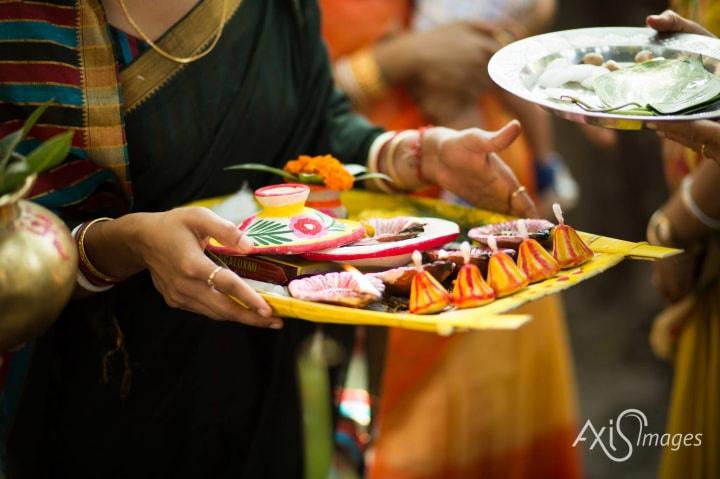
After the fun and festivities, the bride-to-be gets to open her presents and deck herself with items from this gift box. These include the bridal makeup, her bridal outfit and savouries and sweets.
A sweet delight
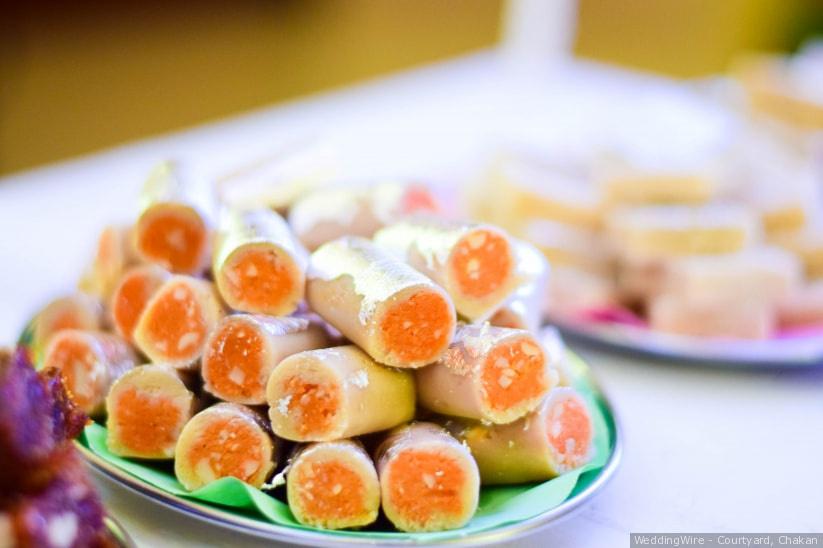
Sweets are essential for any festive occasion but when it comes to a Bengali wedding menu, the sweets are prepared not just for savouring but also for arresting the attention of onlookers. Whether it is your wedding or your dear sister’s or brother’s wedding, families will definitely send boxes full of sweets along with the Bengali tatta.
For example, there’s Kheer, that has been moulded into figures representing a bride and groom. There’s also Mishti Doi beautifully painted Matkas. And earthen pots filled with Rosogolla to complete the feast.
It is also a visual delight. The beautifully carved sweets on colourful and well-decorated trays, with mounds of sweets, nuts, raisins and other dry fruits make for a lot of pretty pictures.
Fishy details
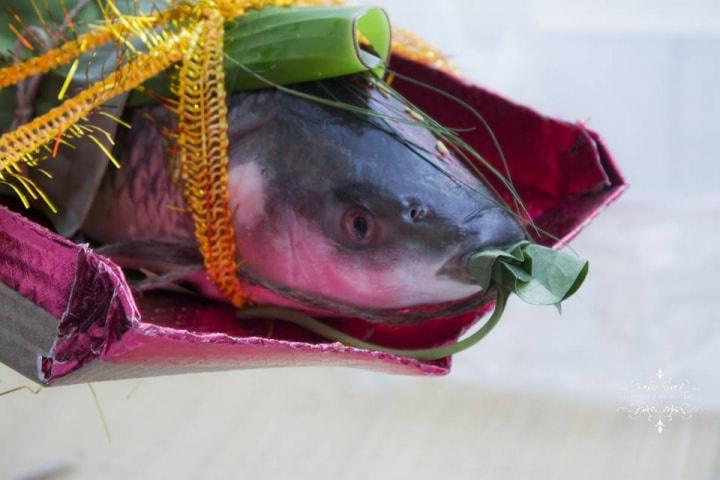
A fish marks the cherry on top for a Bengali Tatta. Why? It’s a Bengali marriage and one of the most auspicious wedding gifts is a fish here. A fresh Rohu fish is bought, decked up like a bride in a Nolok and red dupatta and sent along with the bridal trousseau.
The fish is probably the most eye-catching item in a tatta and both families diligently tend to decorate the fish which is sent in the tatta.
Display of garments and accessories
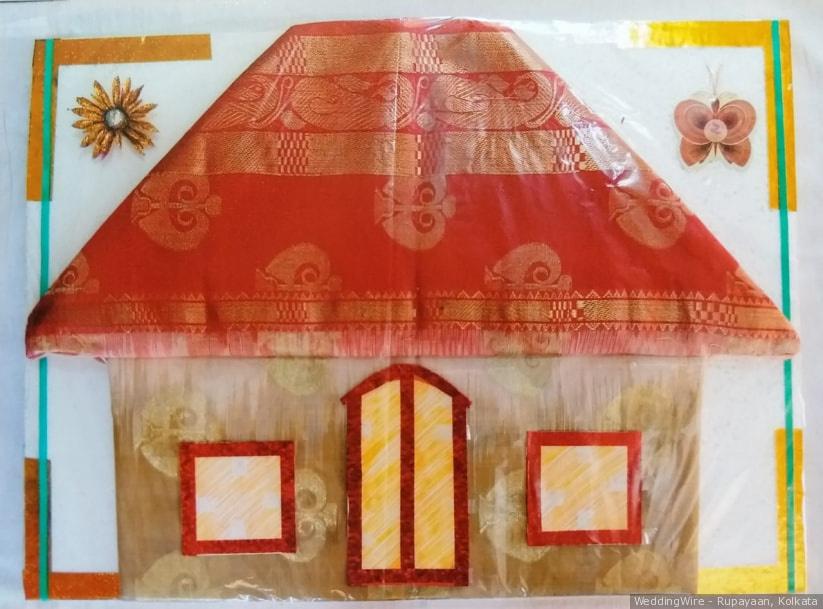
It’s not just a count of the gifts sent here that matters. The groom’s family spends as much care on how the gifts are packed, presented and displayed. It is meant to be a grand spectacle, from the way the sarees are displayed, alongside matching bridal accessories, the bridal makeup and gifts for the rest of the family.
Essences and auspicious items
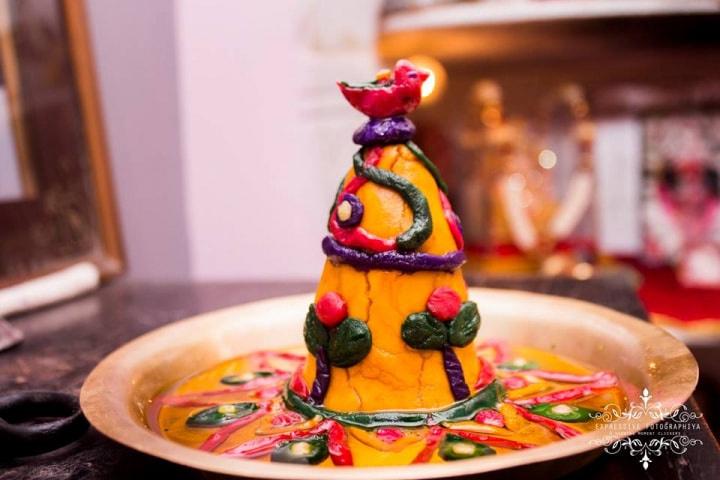
A marriage is a sacred ceremony so there are some items which are considered propitious in the Bengali community. These include betel leaves, areca nut, dried turmeric, incense sticks, earthen lamps, mustard oil etc.
As part of the Bengali Tatta, you’ll find these in a separate, earthen plate, in clay bowls. There also which also includes sacred essential oils and aromatic elements like frankincense and it is called the Shree. These charms of good luck and pious beliefs are meant to make the Bengali Tatta an auspicious affair.
In a traditional sense, the exchanging of the Bengali tatta are a set of blessings for the bride and groom. They are also a show of respect for the relations on either side - the Gaye Holud tatta for the bride and the Bou-Bhater tatta for the groom’s side.
Bengalis believe Tatta is not just about exchanging gifts, but also to strengthen the bond between families. The Tatta is the expression of artistic sensibility and a bearer of the cultural heritage. The time and effort the families give for decorating each and every item, reveals diligence and grandeur.
We hope that you get a splendid enough bridal trousseau too.

